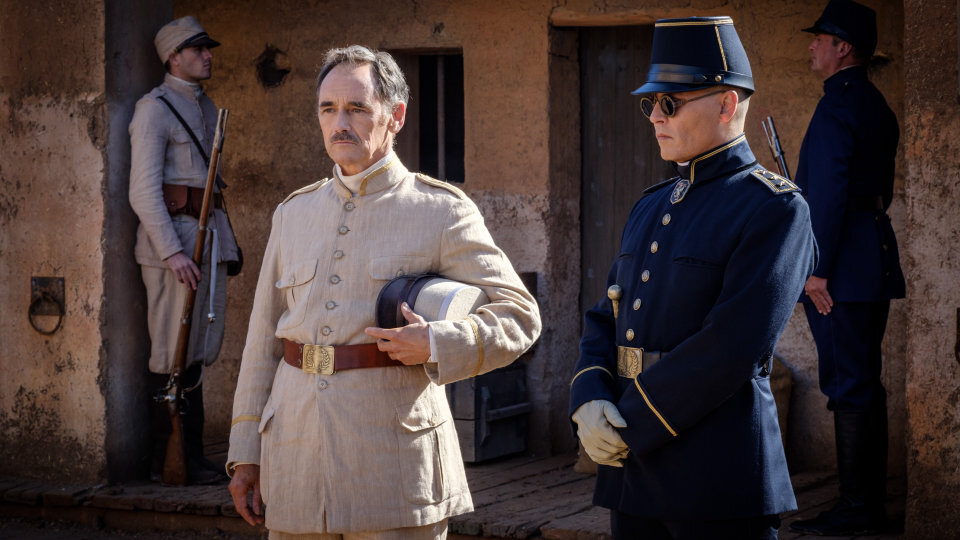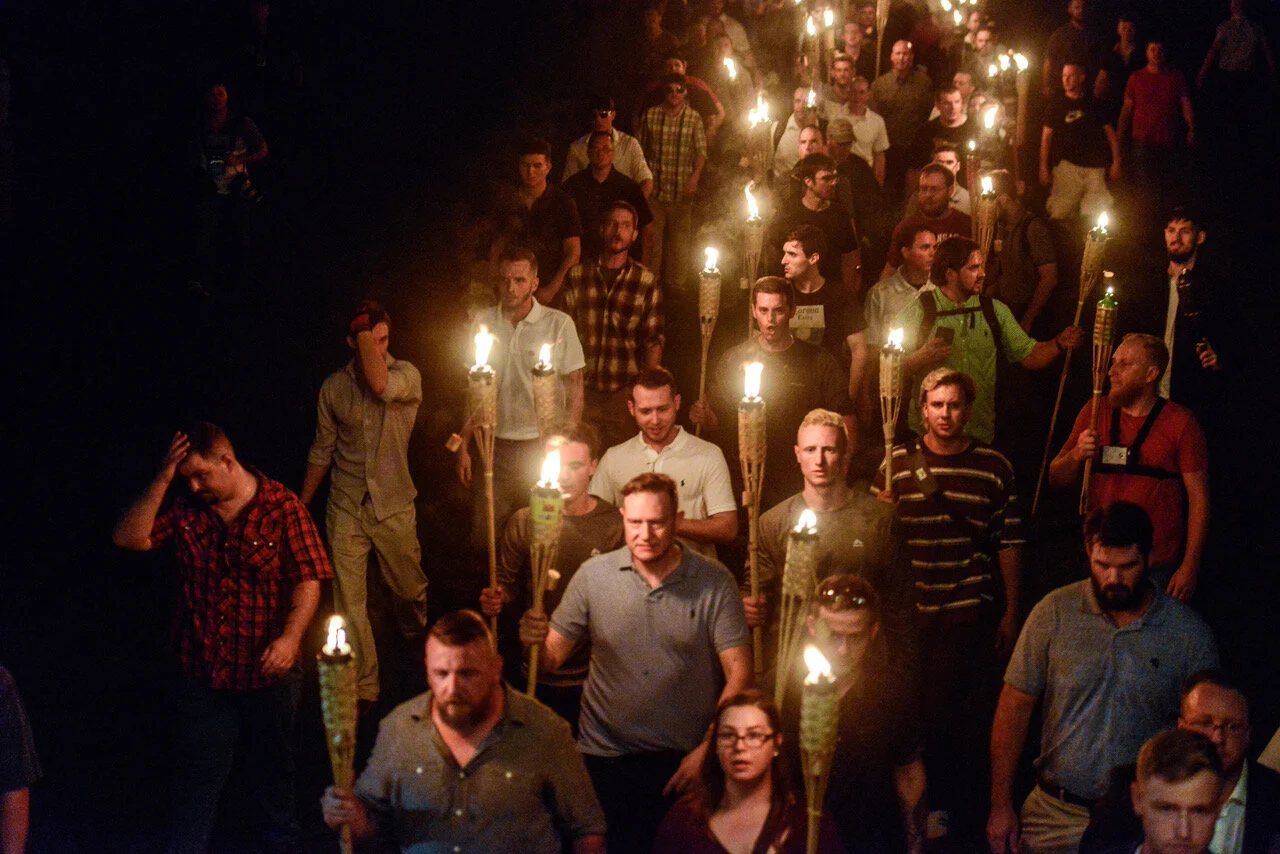Film Review: Waiting for the Barbarians
©Live For Film, poster for “Waiting for the Barbarians” (2020) Directed by Ciro Guerra.
There is so much to love and so much potential in this ravishingly filmed story based on a book by J.M. Coetzee, who also wrote the screenplay. Located at an unidentified outpost marking the border of the an unidentified land which has been claimed by the occupying forces of an unidentified colonial entity. It is a gorgeously barren desert landscape devoid of humanity for the most part. The only signs of humanity are the nomadic tribal herders who roam peacefully as they search for sustenance for their animals. The solitary fortress is run by the Magistrate (Mark Rylance), who has an avuncular and kind regard for the colonized folks, helping the sick and injured who come to him. He even treats his few prisoners with unusual sensitivity. In other words, he is not running a by the book “tight ship”. However, he does not seem to have any problems with the locals. Everyone is getting along just fine.
That is all about to change with the arrival of Col. Joll (Johnny Depp), sent by a military division of the occupying power, to inspect and evaluate readiness for a predicted invasion of the border by the “Barbarians” (ie. The locals). Col Joll is everything that the Magistrate, in his rumpled khakis, is not. Joll, who wears full formal military attire and extremely sinister dark glasses at all times, stands ramrod straight and changes facial expression and voice level almost never. He is playing a cruel, sadistic enforcer who neither knows nor cares anything about the place or the people he is determined to treat as enemies. In the process, using unusually harsh methods, he manages to create some very real issues on which he reports to headquarters. When Joll and the men finally leave, it is with the ominous threat that they will be back.
As the Magistrate discovers the atrocities which Joll has committed to get the results in his report, he begins the painful task of attempting to undo the damage. And it gets a little carried away with depicting the Magistrate’s kindliness. For example, when he meets a terribly crippled young woman (Gana Bayarsaikhan) who has been severely tortured by Joll’s men, his administrations to her wounded feet, which can only be referencing Christ, is pretty heavy-handed. Weirdly, things then go in a different direction with continued attention to her feet and the seeming rapture on the Magistrates face which begin to feel fetishistic. The whole episode with the “Barbarian” woman feels very forced, although it is relevant to the story line. It does prove to underline the contrast between the two men and their attitudes toward colonialism. The film joins the genre of “the evils of colonialism” without specificity and without going very deep.
For me, the allure is the cinematography of Chris Menges who captures the vastness of the stunningly stark beauty of the desert landscape, as well as the detailed, candle-lit interior shots which have an old master painting look to them. Robert Pattinson has an incidental role as the debauched henchman of Col Joll. Definitely an unsavory pair. Unfortunately, both of the leads are given such stereotypical roles it can feel truly awkward. My introduction to the work of Guerra was Birds of Passage which dazzled my eyes. It was stranger but, to my mind, better. This one takes itself too seriously to not address a specific moment or place. But your eyes will be more than satisfied. That I can assure you.










